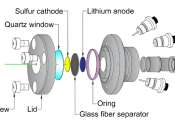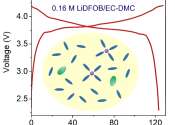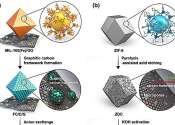Single-walled carbon nanotubes doped with 'nitrogen' enhance the performance of secondary battery anode
Researchers have developed a new manufacturing technique for "silicon/nitrogen-doped carbon composite anode materials." These materials aim to enhance the capacity and stability of lithium-ion battery anodes.
5 hours ago
0
1









